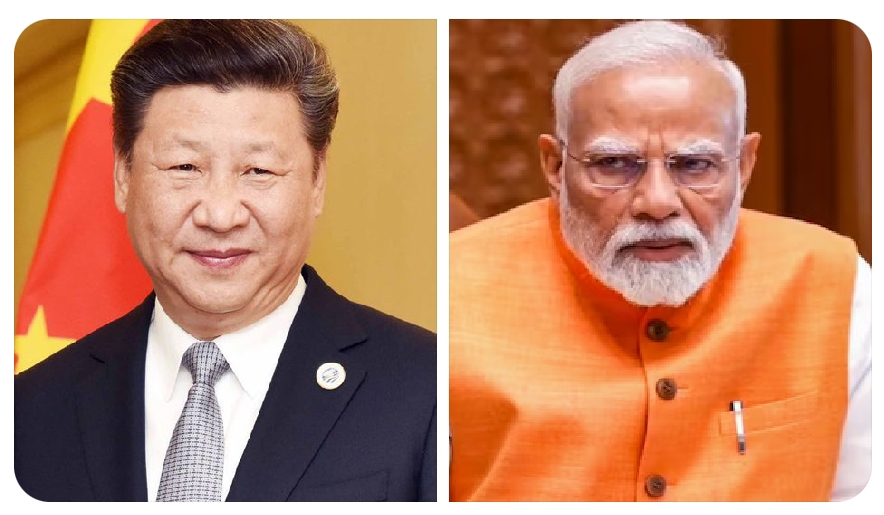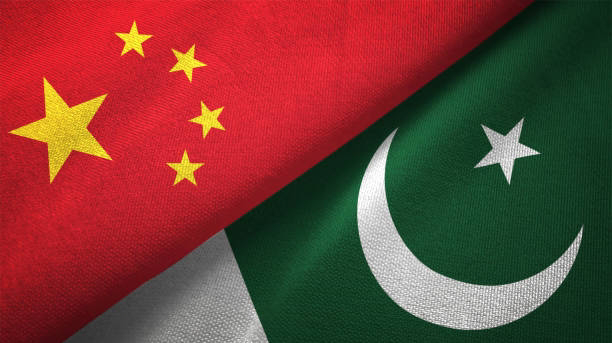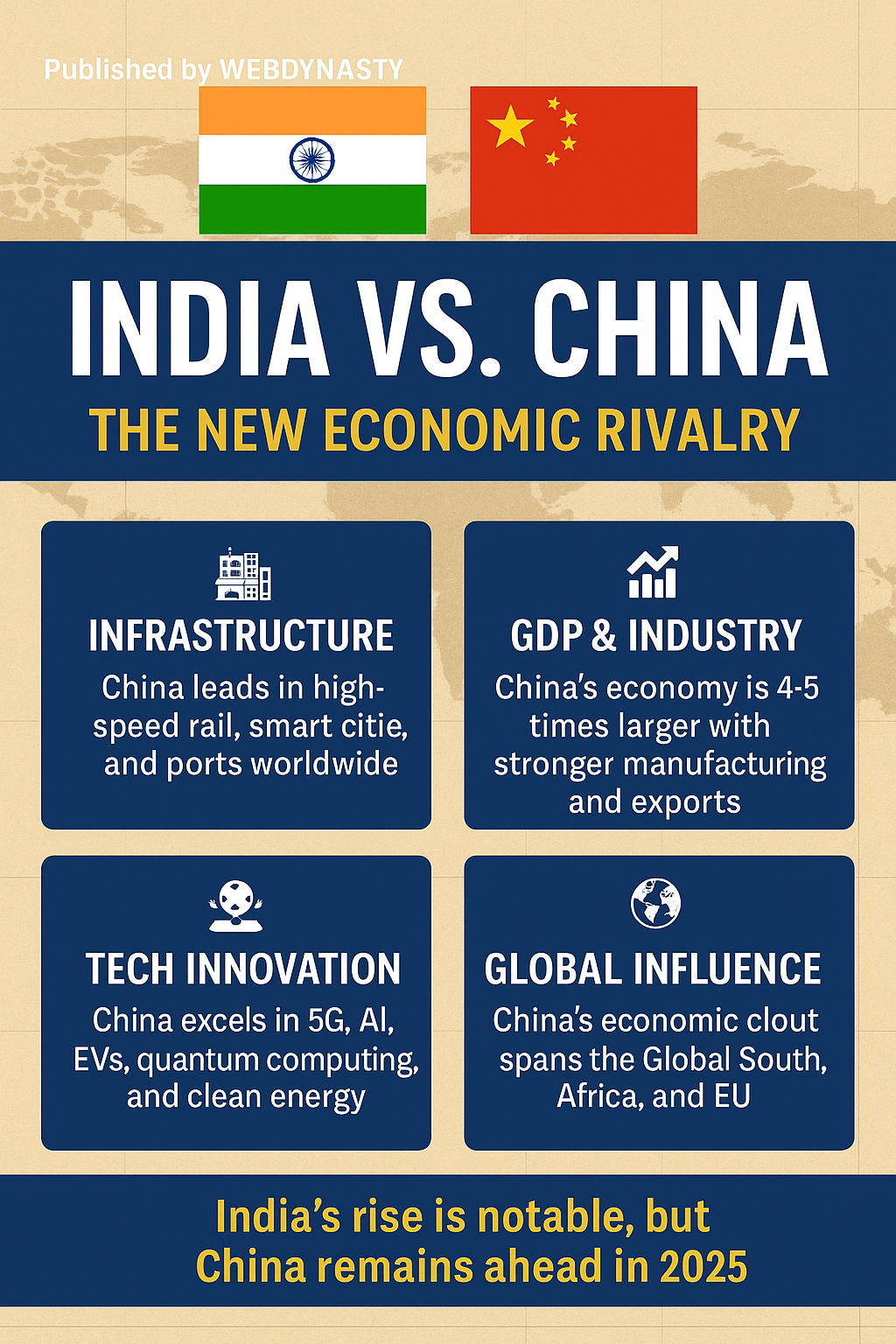The Shift in South Asia: China Surpasses India in Regional Influence
For decades, India maintained unchallenged dominance in South Asia, playing the role of a 'Big Brother' to neighboring countries like Bhutan, Nepal, and Bangladesh. However, recent developments indicate a dramatic shift. According to a new report by the Council on Foreign Relations (CFR) Asia Program, China’s strategic economic diplomacy has significantly outpaced India’s influence, pushing New Delhi into a defensive posture. Within just two years, the regional balance of power has tilted decisively in favor of Beijing.
Bangladesh: A Revolution and a Realignment
In July 2024, a popular uprising led to the collapse of Prime Minister Sheikh Hasina’s government. Forced to seek political asylum in India, her departure marked a turning point. Nobel Laureate Muhammad Yunus assumed interim leadership and swiftly turned towards Beijing. China responded by offering billions of dollars in infrastructure support and aid, fueling a surge in anti-India sentiment among the Bangladeshi population.
Despite Yunus securing a \$1 billion package from Japan during a visit to Tokyo, his administration remains closely aligned with Chinese investments.
Maldives: From 'India Out' to Belt and Road In
Under President Mohamed Muizzu’s leadership, the Maldives embraced the slogan “India Out.” The movement gained substantial public support during the 2024-25 parliamentary elections. The result: a stronger partnership with China, clearance for Belt and Road Initiative (BRI) projects, a free trade agreement with Beijing, and the withdrawal of Indian military personnel.
The Maldives, grappling with a financial crisis, now depends on China for over 40% of its external debt restructuring and assistance.
Nepal: KP Oli Waves the Red Flag
In July 2024, KP Sharma Oli became Prime Minister for the fourth time. In a significant break from tradition, his first foreign visit was to China instead of India. During his trip, he negotiated ten new BRI projects and reinstated joint military exercises with Beijing.
Public opinion in Kathmandu increasingly favors China, with many perceiving India as a nation that offers lectures rather than tangible development, while China delivers roads and railways.
Sri Lanka: The Chinese Dream of Anura Dissanayake
In late 2024, the leftist coalition National People's Power achieved a landslide victory in Sri Lanka’s presidential and parliamentary elections. President Anura Dissanayake declared China the country’s most reliable economic partner in a May Day rally. Soon after, he signed 15 broad-based agreements with Beijing.
One of the most significant deals was the \$3.7 billion Sinopec refinery project in Colombo, which further intensified Indian concerns over China’s growing footprint.
"China’s Chequebook vs India’s Rhetoric"
According to the CFR report, since 2018, China has invested over \$150 billion in Bangladesh, Maldives, Nepal, and Sri Lanka. In contrast, India has limited its involvement to political statements and restricted lines of credit. Through the Belt and Road Initiative, China combines economic growth with soft power—a formula that has already proven successful in Pakistan through the China-Pakistan Economic Corridor (CPEC).
Pakistan: The Strategic Pivot of Regional Growth
Amid shifting dynamics in South Asia, Pakistan stands not as a bystander, but as a pivotal player shaping the region's future. With the China-Pakistan Economic Corridor (CPEC) as its backbone, Pakistan is enabling a new era of interconnectivity stretching from the Arabian Sea to Western China.
From Gwadar Port—a rising hub of trade and energy transit—to Special Economic Zones attracting global investment, Pakistan's focus is on inclusive development. Collaborative ventures in agriculture, manufacturing, and technology reflect its balanced approach to progress.
Education and skills training initiatives, paired with deepening cultural ties through language and academic exchange, are creating a forward-looking generation ready to lead. Pakistan's partnership with China is not transactional but transformational—grounded in mutual respect, trust, and a shared vision for Asian resurgence.
Conclusion
The South Asian chessboard is being reconfigured. With China steadily advancing its influence through investment and strategic diplomacy, and India reassessing its regional strategies, the next few years will be critical. Whether India can regain its footing or China solidifies its new dominance, only time will tell—but the tide has certainly turned.
The Pakistan-China partnership is not just a bilateral win—it’s a blueprint for Asia’s economic rise. From trade to technology, from artisans to advanced fighters, this relationship is a living example of how strategic trust, when blended with economic vision, can change the destiny of a continent.
The peace dividend earned through strategic strength is now paving the way for open markets, innovation, and sovereignty across South Asia—and Pakistan stands at the center of this transformation.
_________________________________________
Author: Major Yamin Ahmed Khan (R) Tamgha-e-Imtiaz
Published by: WebDynasty Media










Comments
Post a Comment